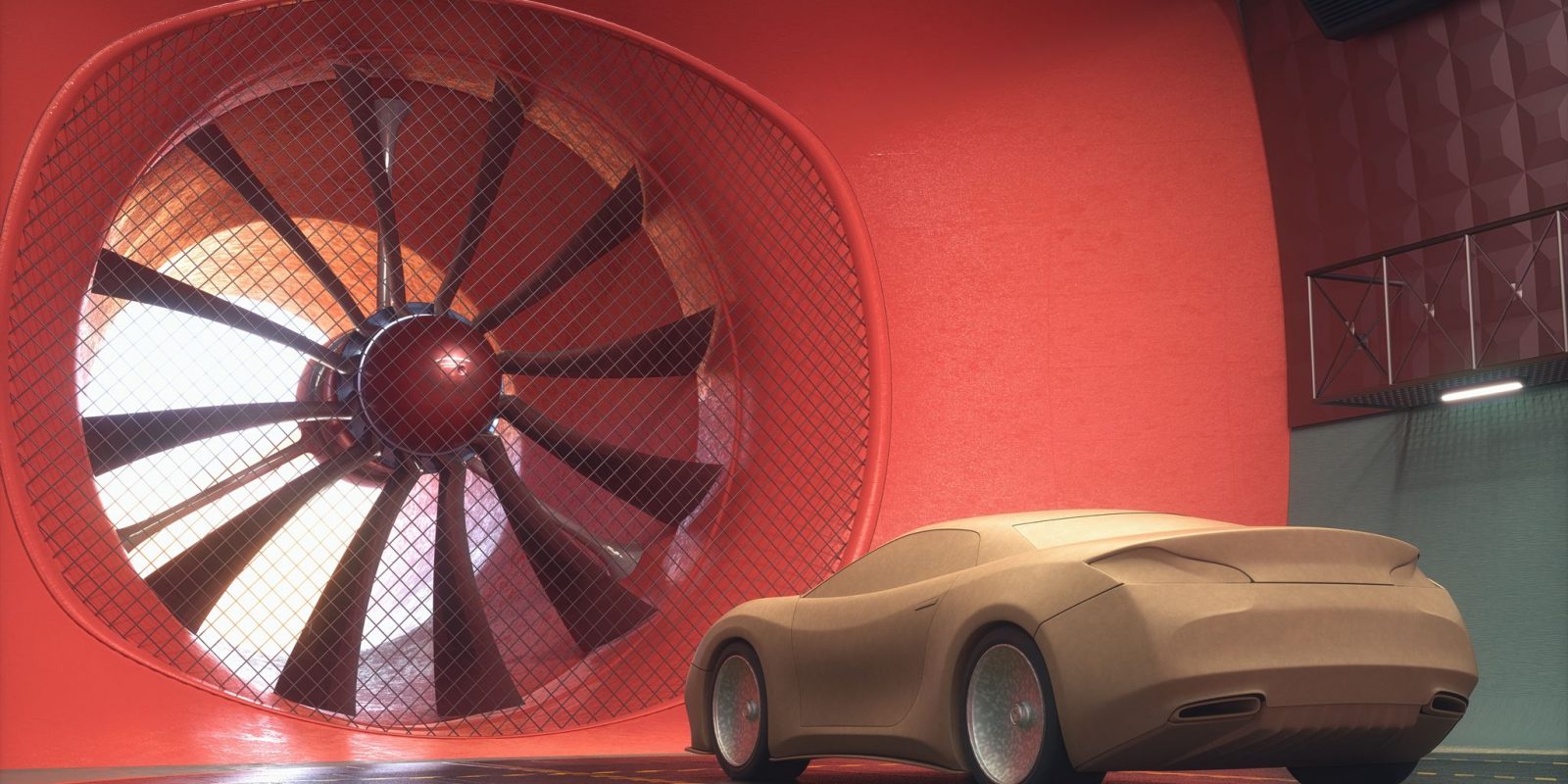Collaboration Opportunities
NWTF members are open to collaboration. Some potential collaborations are listed in the table below. These were collected from a management board member survey in December 2020.
| Academic | Organisation | Potential Projects | Novel Instrumentation Development |
|---|---|---|---|
| Mahdi Azarpeyvand | University of Bristol | Aerodynamics/aeroacoustics of propellers, boundary layer, high speed jets, high-lift-devices, flow control. | Novel Instrumentation Development |
| Richard Green | University of Glasgow | CRM-HL | Miniaturisation of techniques to provide on-model means to measure local flow field and structural deformations. For example, flow through slat and flap gaps; change in gap dimensions due to structural deformation. |
| Kevin Gouder | Imperial College London | Wind tunnel testing on conventional and novel aircraft configurations: ranging from tests on canonical representations to tests on half- and full-span models. In the process developing new physics understanding (understanding the phenomenon, generating CFD-complementary data sets), developing novel measurement techniques, developing novel flow control techniques, identifying Re dependence. Indoor-outdoor / Inner-Outer wind induced interactions. Improved, efficient indoor ventilation (including but not limited to flow control) and improved outdoor space conditions including improved ventilation (avoiding pollution stagnation points) and improved street-level wind comfort and safety prediction methods. Novel mitigation methods. Urban air mobility: from an aeronautical point of view (new breed of vehicles that can manoeuvre safely in the densely-built environment and the turbulent flow (large length scales) that this currently implies) and a civil point of view (passive and active flow control in the built environment to suppress the shedding of large length scales). | Full-scale, low cost, highly robust wind measurement sensors for the built environment, development of intelligent communication between a relatively small number of these sensors, the prediction of large flow fields from ‘the small number’ of these sensors (low order model development), and the real-time transmission of this data and two-way collaboration with urban flying vehicles. |
| Mark Sterling & David Soper | University of Birmingham | Transportation decarbonisation Design for non-synoptic winds and transient gusts Pedestrian-level safety (as well as comfort), including cyclists, e-scooter riders Efficient structural design Reducing carbon of construction | Force balance for moving vehicles Novel gust generator |
| Simon Prince | Cranfield University | Boeing CRM project. Future use of the National Rotor Rig, currently being set up in Glasgow. | |
| Chetan Jagadeesh | City University of London | Flow control – laminar flow control; transonic flow- buffet reduction/control | Wall shear stress sensors could be developed collaboratively. |
| Peter Ireland | University of Oxford | 1. Ultrafan – next generation (successor to the Trent family), geared turbofan. 2. Fly Zero – ATI funded research project to examine the feasibility of zero carbon-emission technologies. 3. Tempest –future defence platform. | These projects would all involve partners in industry. It is likely that the focus of the instrumentation development will be within the university. |
| Shan Zhong | University of Manchester | a) Morphing experiment in a high-speed wind tunnel; b) Control of 2D separating flows in a low-speed boundary layer wind tunnel | |
| Matt McGilvray | University of Oxford | 1. Cross-facility comparison of noise, steadiness, accuracy of tunnel conditions 2. Jet interaction in a large range of Reynolds numbers for a single model in high speed flows (from low to high: Oxford LDT, Manchester MACE, Imperial Gun Tunnel, Oxford T6 and Oxford HDT) 3. Development of a hypersonic flight experiment | Laser diagnostics, heat flux gauges |
